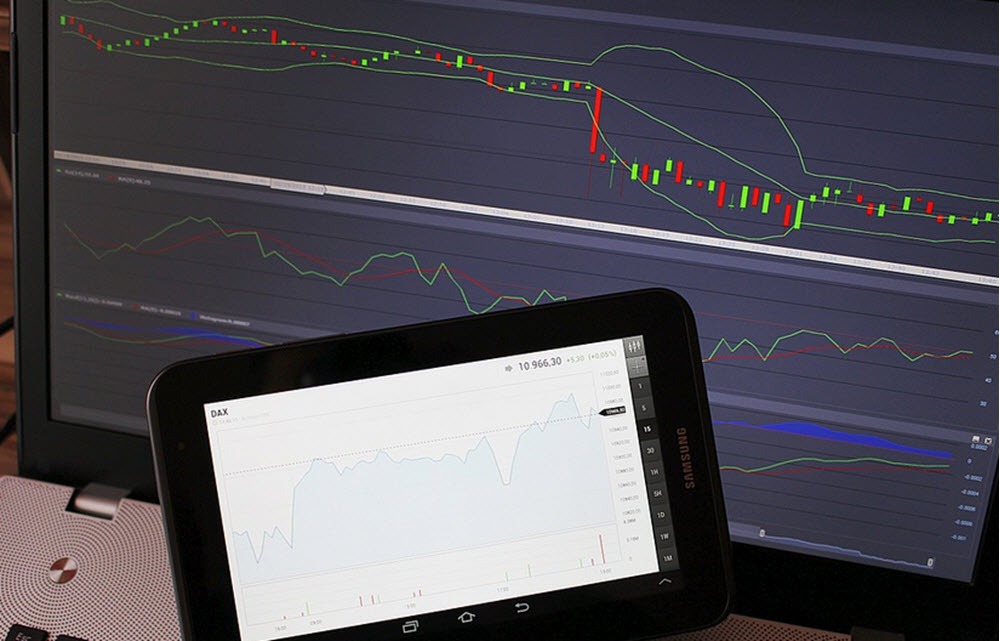Spread Betting?
Spread betting has become popular since it allows you to get exposure to assets without actually owning them. You can make money from price fluctuations in company shares, bonds, foreign currencies, cryptocurrencies, commodities, options, futures, exchange-traded funds, and more, without ever owning them.

Some of the reason why spread betting is so popular:
- You don’t need to have a big bankroll to make a major profit even from minute price fluctuations.
- You never have to actually own the underlying.
- In some jurisdictions, spread betting gains are tax-free while profits made from buying and selling assets are taxed.
- You don’t have to deal with the transaction costs associated with buying and selling assets, e.g. the commissions charged by stockbrokers.
- You can make a profit even in falling markets, without having to go through the hassle of ”selling short”.
- Spread betting is an easy hedging method.
Now you know more about some of the benefits of spread betting. Below we are going to try to answer the questions “what is spread betting?” and “How to spread betting work?”
The basics of spread betting
You sign up with a spread betting company online, and you deposit money into your account.
For each asset on their asset list, the spread betting company will also list a prediction for where they think the price will be at a specific time in the future, e.g. at closing. Instead of listing a specific price point, they list in intervall – the spread.
If you find an asset where you don’t agree with the prediction, you can elect to make a spread bet. If you think the prediction is to low, you BUY on the price. If you think the prediction is too high, you SELL on the price.
Example of how it can work
At the London Stock Exchange, the company QWERTY PLC opened the day at 25p.
You see a spread betting prediction for the closing of the trading day, and it is 25p-26p. You believe that the share price will be higher than 26p at closing, so you BUY. At this stage, you must also decide how much you are willing to risk per point. You decide to risk £10 per point, so you buy at £10 per point movement at 26p.
At closing, the share price is 28p. You were right – it did closer higher than 26 p. This means you get paid. How much do you get paid? 28 is two points higher than 26, and you risked £10 per point. £10 x 2 points = £20. You get paid £20.
If the share price at closing would have been for instance 23p, you would have lost, since 23 is not higher than 26. How much would you have lost? 26-23 = 3. £10 x 3 points = £30. £30 will be deducted from your trading account.

Warning
As you can see from the example above, you can lose vast amounts of money if there is a huge price movement. If the share price in QWERTY PLC would have dropped down to 4p, you would have lost 22 points x £10 = £220.
Now, imagine that the starting price would have been 325p instead of just 25p and the spread 325-326p. You BUY at £10 per price point, and then new damaging information is released about the company. The share price drops like a stone down to 150p. It rebounds quite a bit the next day, but that doesn’t help you at all, because you have already lost your money. 326p – 150p = 176p. £10 x 176p = £1760. Your ”small” bet at £10 per price point has now cost you £1760.
If you had been the actual owner of the share, you could have decided to simply wait this storm out and not sell on the day when the damaging information was made public. With spread betting, you have no such freedom.
Before you engage in spread betting, it is always important to check what methods you have at your disposal to limit the maximum possible loss.











